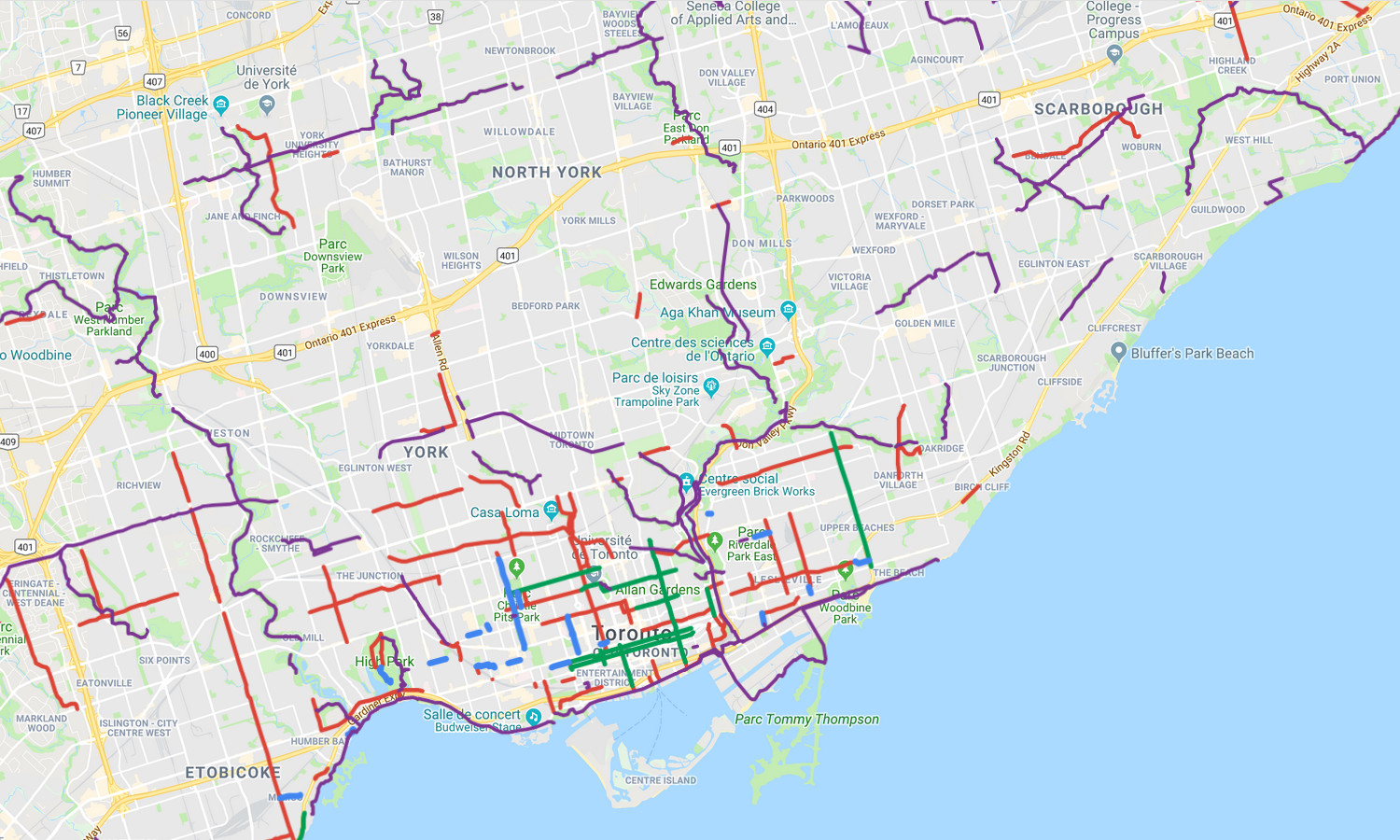W. K. Lis
Superstar
...
WRONG in 2007, wrong today:
Pneumatic tires, for instance, had been perfected by Scottish inventor John Boyd Dunlop in 1887 for use in bicycle racing. These made it possible for cars to be simultaneously fast and comfortable. Meanwhile, the Benz Patent-Motorwagen — built in 1886 and generally considered to be the first car — used spoked tricycle wheels, a bicycle chain, and a differential gear made by British bicycle creator James Starley. In a very real sense, the Benz (which would lead to the Mercedes-Benz company) was a tricycle with a motor attached.
So how did this surprising history get forgotten?
The bicycle was written out of most histories of the Good Roads Movement for a few different reasons.
To some degree, it was inadvertent. Because most of these early cyclists quickly became motorists and car advocates, it was easy for historians to overlook the pivotal role of the bicycle in the movement's first few years.
But in some cases, Reid argues, the elimination of the bicycle from this history was quite deliberate. "Eventually, cycling came to be seen as a proletariat activity, something you did if you couldn't afford a car," he says. "So an awful lot of wealthy motorists went out of their way to hide their roots as cyclists." Many of these motorists were the ones who later wrote the history of the Good Roads Movement.
What's more, automobile companies had an interest in retaining control of the roads, and in putting their product at the center of the story. In 1927, for example, the Ford Motor Company's promotional materials said the Model T "started the movement for good roads everywhere." Today, Reid points out, curator Suzanne Fischer of the Henry Ford Museum sets the record straight: "It wasn't car owners that first demanded better roads," she says in a museum video, "it was bicycle riders":
https://roadswerenotbuiltforcars.com/Just a few decades after the birth of the Good Roads Movement, the bicycle's place in it was largely forgotten. In his 1929 autobiography, Horatio Earle — the creator of Michigan's State Highway Commission and one of the first people to propose the idea of the interstate highway system — described this irony:
"I often hear now-a-days, the automobile instigated good roads; that the automobile is the parent of good roads. Well, the truth is, the bicycle is the father of the good roads movement in this country," he wrote. "The bicycle is to be given credit, not only as the pioneer of the good roads movement but also as the parent of the automobile."
WRONG in 2007, wrong today:
Last edited:






